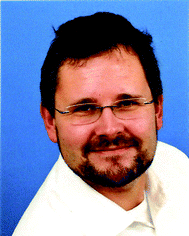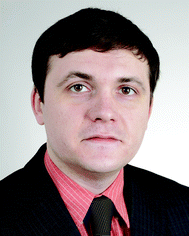Bioactive surfaces for hard tissue regeneration
Matthias Epplea and Roman A. Surmenevb
aUniversity of Duisburg-Essen, Essen, Germany
bNational Research Tomsk Polytechnic University, Tomsk, Russia
• How can we extend the lifetime of a hip or knee endoprosthesis to last the whole life of the patient, so that we can avoid repeat operations?
• How can we prevent and combat infections by modification of implant surfaces?
• How can we restore lost cartilage, e.g. in joints, given the fact that cartilage is not a self-restoring tissue (like bone)?
• How can we restore lost soft tissue without scars?
• How can we fill a bone defect with a biocompatible, biodegradable and fully mechanically stable artificial material?
Many of these questions are related to the surface of a biomaterial, i.e. to the material–tissue interface. Therefore, the main objective of this themed issue is to shed light onto the current state of research in the field of surface modification techniques of medical implant materials. We are grateful to the contributors who have presented their work in this area in order to give a broad overview of the field. Different biomaterials, e.g. carbon, calcium phosphate, titanium and (bio-)polymers are discussed.
The research presented here has been focused on the modification of the surface properties of different implant materials (often by physical methods) to control the interaction with the biological environment. Physicochemical and biochemical surface modification approaches to enhance bone regeneration at the interface of implants are discussed. Biological processes that occur at the surface of an implant after implantation in bone tissue and an overview of both inorganic (calcium phosphate) and organic (protein) coatings that stimulate bone formation to achieve an improved and accelerated implant fixation are presented. We also cover the effect of different trace elements such as silicon, silver and organic molecules such as chitosan on the biological response.
We, as guest editors, hope that this themed issue will be useful both for experienced researchers in the field of biomedical materials science and young prospective scientists.
Guest editors| This journal is © The Royal Society of Chemistry 2013 |


